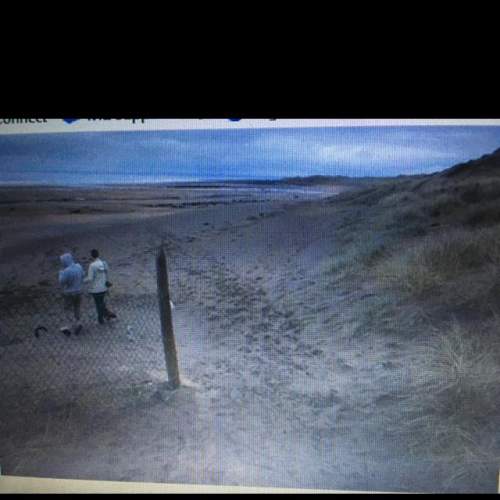
Biology, 18.02.2020 05:33 gerardoblk5931
A female fly, full of fertilized eggs, is swept by high winds to an island far out to sea. She is the first fly to arrive on this island and the only fly to arrive in this way. Thousands of years later, her numerous offspring occupy the island, but none of them resembles her. There are, instead, several species, each of which eats only a certain type of food. None of the species can fly and their balancing organs (halteres) are now used in courtship displays. The male members of each species bear modified halteres that are unique in appearance to their species. Females bear vestigial halteres. The ranges of all of the daughter species overlap. If the malesʹ halteres have species-specific size, shape, color, and use in courtship displays, and if the speciesʹ ranges overlap, then the speciation events may have been driven, at least in part, by which of the following?
A) autopolyploidy
B) allopolyploidy
C) species selection
D) sexual selection
E) habitat differentiation

Answers: 1


Another question on Biology

Biology, 22.06.2019 01:30
Scenario 5 1) take 10 red and 10 black beans and place them, mixed, on the table. record the starting phenotype # and frequencies (% of your total population) of your starting population in the table provided (generation 0). 2) act as a predator. “capture” as many organisms as you can until you have reduced the population to three organisms. put them aside. at this point, the predators die. 3) the remaining organisms each produce 2 clonal offspring. multiply your organisms accordingly and allow them to mix on the table. calculate and record the resultant phenotype # and frequencies (% of your total population) of your population in the table provided (generation 1). 4) repeat the reproduction event, allowing each of your organisms to produce 2 clonal offspring. calculate and record the resultant phenotype # and frequencies (% of your total population) of your population in the table provided (generation 2). 5) repeat the reproduction event, allowing each of your organisms to produce 2 clonal offspring. calculate and record the resultant phenotype # and frequencies (% of your total population) of your population in the table provided (generation 3).
Answers: 1


Biology, 22.06.2019 04:00
What is the difference between how ionic and covalent bonds form
Answers: 1

Biology, 22.06.2019 07:30
The illustration shown is an ovum, a female sex cell. a mutation in this cell may be passed to the woman’s offspring during a) birth. b) mitosis. c) dna replication. d) sexual reproduction
Answers: 1
You know the right answer?
A female fly, full of fertilized eggs, is swept by high winds to an island far out to sea. She is th...
Questions

English, 23.08.2019 02:30



Biology, 23.08.2019 02:30

Mathematics, 23.08.2019 02:30


English, 23.08.2019 02:30

Mathematics, 23.08.2019 02:30

Mathematics, 23.08.2019 02:30


Physics, 23.08.2019 02:30

Health, 23.08.2019 02:30



History, 23.08.2019 02:30

History, 23.08.2019 02:30







